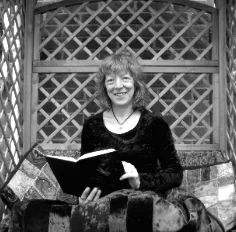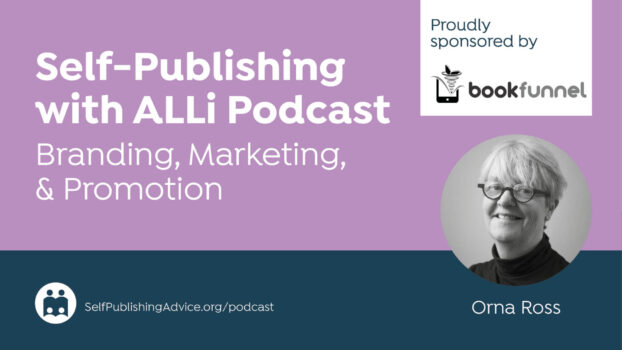For every 100 novels started, only one is completed. Give yourself the best chance of being that person. In this blog post Sue Johnson explains how to build a solid foundation for your novel and how to stay inspired until you reach the end of the first draft.
I wrote Creative Alchemy: 12 steps from inspiration to finished novel as a way of helping writers to complete the novels they started and fulfil their creative dreams.
If you have also tried and failed to complete a novel then don’t despair! Follow the steps below. Aim to write for a minimum of fifteen minutes a day. You can do this in five minute sections if you don’t have much time.
1. Clear the past
Is there a nasty little voice in your head that maybe sounds like your old English teacher or a critical parent? Create a description for this person, give them a name. Think of somewhere to put them while you write. Who is your creative muse? Give them a name and a perfume. Ask for their help when you begin writing. Call the critic back when you are finished and you need a constructive appraisal of your work.
2. Are you ready to write?
Getting ready to write is like preparing to plant a garden. The seeds will grow better if you prepare the ground first. If possible, enlist the help of a friend or writing buddy to keep you focused when you get despondent. Decide when and where you are going to write – and how many words per day. (Most professional writers will do a minimum of 1000 a day but it will boost your confidence to aim for less and achieve it). Decide on a date when you intend to finish your novel and put it in your diary. Plan a celebration.
3. Developing your novel idea
Find a large sheet of paper and some old magazines. Look through the magazines and tear out anything that reminds you of characters, settings, possessions or any aspect of the story you want to write. (If you don’t have much wall space you could create a scrapbook.) Have a special notebook where you keep ideas about characters, settings and conflict situations. Explore these during your fifteen minutes a day.
4. Start small
Begin with writing the back cover blurb – approximately 300 words. Decide on a working title. Visualise the story whenever you get a spare moment. ‘See’ your story as if it was a film. Create a full sensory impression of the first scene.
5. Grow your writing
Create an outline of 2000 words. Don’t worry about perfection at this stage. Get the ideas down. Keep visualising the story. Imagine it is a snowball rolling down a series of hills, getting bigger each time. When you are happy that you’ve got the ‘bones’ of the story in the right order, begin at the beginning again and enlarge the original outline to 10,000. Then try 20,000. When you’ve reached 30,000 do a rough division into chapters. (You can always change these later.)
6. Your characters
Look for magazine pictures and photographs that remind you of your characters. Think of a range of questions you can ask them, ranging from their favourite colour to what they most want from life. What or who is stopping them? It is the ‘want’ that will form the basis of the plot so this needs to be something big with lots of obstacles in the way. Your reader has to care about the outcome of the story – this is what keeps them turning the pages.
7. Dialogue and Viewpoint
Make sure the characters sound different on the page! Create a few lines of dialogue without ‘he said’, ‘she said.’ Put it away for a week and look at it again. Can you instantly tell who is speaking? Do a dialogue sheet for each character – what texture is their voice? If they were a musical instrument what would they be? Do they have an accent? Give a flavour of this on the page. Show each scene through the feelings and viewpoint of one character only. Don’t be tempted to ‘head hop.’ The viewpoint character in a scene will usually be the one who has most at stake.
8. Conflict, Pace and Tension
Conflict should be on three levels – a) a character’s battle with some aspect of himself e.g. poor time-keeping or addiction to alcohol or gambling b) a character’s battle with another character e.g. his mother, wife, lover, boss and c) a character’s battle with some aspect of his environment e.g. missing a train, car not starting or being prevented from reaching his desired location by a snowstorm or flood. Vary the pace of a novel. A happy scene before a major setback will increase the sense of drama on the page. Build the tension – think about how the music goes in old films. Don’t just have the baddie jump out on the girl, have a couple of false alarms first. (Think of how fairy-tales work. Everything goes in threes. Apply the same technique to your story and it will work.)
9. Believable settings
If possible, visit the place where your story is set. Take photographs and sound recordings. Collect brochures and information. If it is an imaginary place, then create maps and diagrams and give the place a history. Interesting settings help to sell novels. If it is a real place and you are not able to visit, then speak to someone who knows the place well or research as well as you can on the internet and with guidebooks and maps.
10. Sensory detail
Colours, sounds, smells and textures all help to bring the story alive for the reader. Take time to visualise the scenes in your novel. Think about what your characters eat and how it is prepared. What sort of clothes do they wear? Make sure these change with the seasons. Bear in mind that your characters won’t all like the same things. This can make for interesting additional conflicts in the story.
11. Keep writing
Be prepared to write ‘on the move.’ When you get past the outline stage, try breaking the story down into twenty key scenes that build section by section towards the climax at the end of the novel. I find it helpful to put these on index cards and carry them with me. I carry a notebook dedicated to the novel I am working on and when I have spare time between meetings I add notes and ideas to flesh out any unwritten scenes. Remember that you don’t have to write scenes in chronological order – if you’re stuck as to what happens next don’t waste time waiting for inspiration. Put a row of asterisks or leave a gap and move on to what you do know.
12. Reward yourself
Writing is hard work, physically, mentally and emotionally. Reward yourself for the effort you put in. You may decide to buy yourself something every time you complete 5,000 words or award a number of points and save these towards a big present once you’ve got to the end. One friend of mine buys things like earrings, notebooks, pens and nice bath stuff, wraps them up and keeps them in a box, then when she’s earned a treat she pours a glass of wine and opens one of them.
However you make the journey, your aim is to reach the end of your novel by the date you have set yourself. Then the hard work starts with revising and polishing and the next part of the journey towards publication.
Good luck and keep going until you achieve your creative dreams.
#IAF16 12 Steps From Inspiration to Finished Novel with @SueJohnson9 http://bit.ly/IAF-BEA-SJ #amwriting Share on XClick here to find out more about Sue Johnson








[…] Creative Alchemy: 12 Steps From Inspiration to Finished Novel : Sue Johnson […]
[…] this 12 Steps From Inspiration to Finished Novel by Sue Johnson, where she shows you how to build a solid foundation for your novel so that you can stay inspired […]